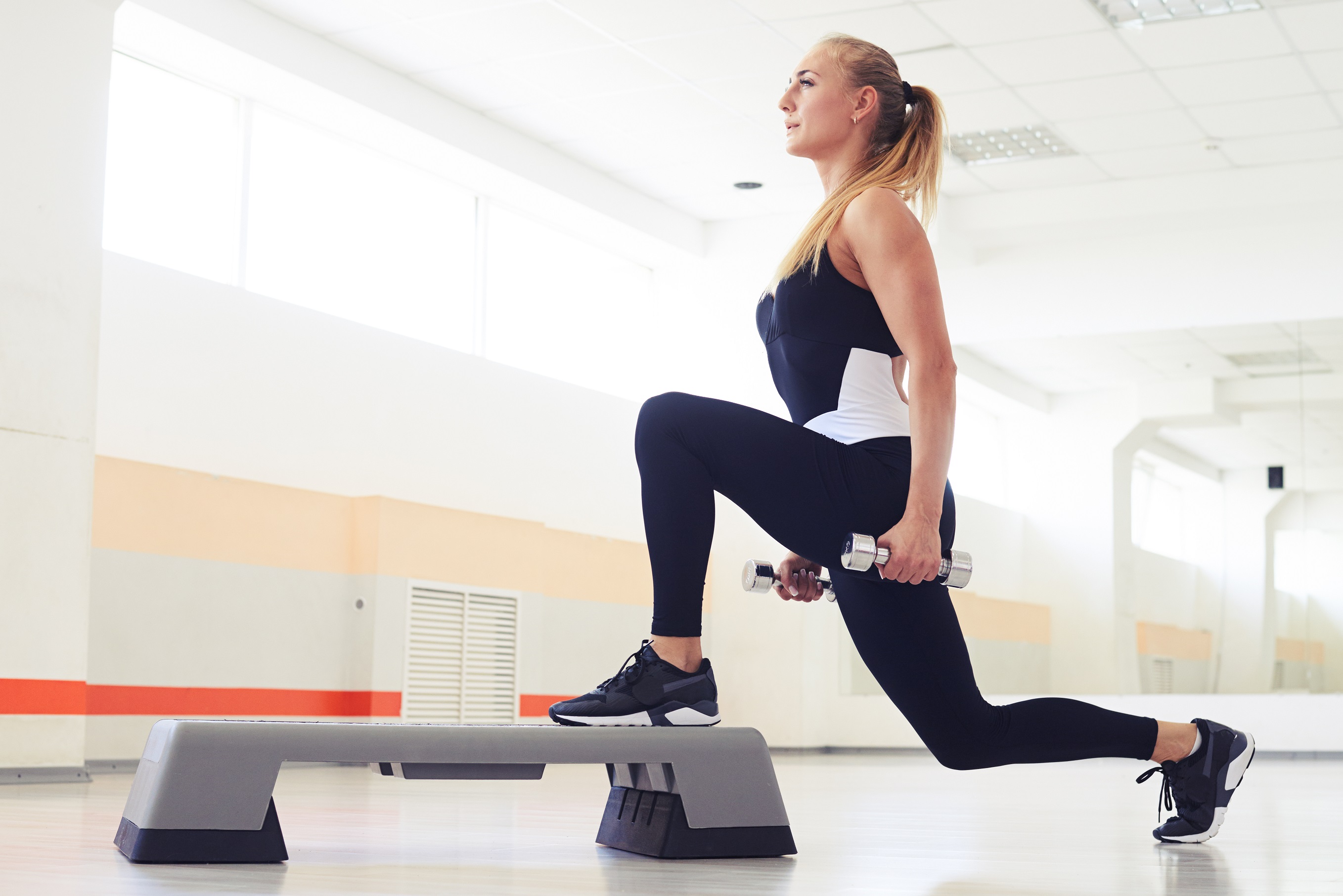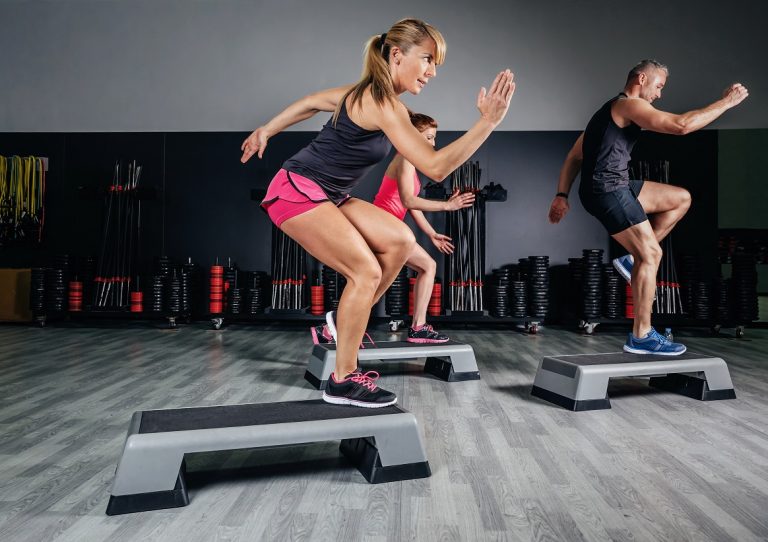You won’t find better exercise for building the lower body than the squat. However, that doesn’t mean squats should be the only tool in your toolbox!
Step up!
Recently, single-leg training has been championed as a suitable alternative to bilateral squatting, with split squat and lunge variations being the go-to choices for folks seeking a break from the heavy barbell. However, few trainers are prescribing the step-up, another functional, unilateral, multi-joint movement that has a high carryover to many activities of daily living and sport. And that’s a mistake, cause the step-up is actually a lot more than just a “poor man’s squat.”
I noticed that athletes, both lifters and those in other sports, who dropped the squat and used the high step-up developed more complete muscularity than those who simply squatted.
Many of the coaches say that the legs of those who work hard on the high step-up look more like those of someone who did sprint and jumping as well as squatting.
Here are several step-up variations that should be in everyone repertoire.
Dumbbell Side Step-Up
Start with a low step beside you. Use your bodyweight only – over time you can hold a pair of dumbbells as your strength and stability improve.
Keep the hips level throughout the movement. This will be difficult to accomplish if the step is too high.
A common mistake is to push off with the non-working side either by extending the knee and/or ankle. To correct this “cheat” tendency, keep the knee locked and ankle dorsiflexed and tap the floor with the heel only.
Dumbbell Forward Step-Up
A progression to increase the ROM involves standing in front of a step as strength increases. The greater the ROM, the more muscle you recruit, and the higher the step, the more the hamstrings and glutes are involved.
Stay square to the step and push off all four corners of the “step” foot – the “ground” foot shouldn’t assist at all.

Barbell Front Step-Up
Another variation of the step-up involves the use of a barbell across the shoulder either in front or behind the neck. By raising the centre of mass, greater stability is required.
Decline Step-Up
Performing step-up on a decline bench is a great option for individuals with limited ankle mobility. I discovered this great option for individuals with limited ankle mobility.
To make the exercise more challenging over time, increase the ROM by positioning the foot of the working leg higher on the bench.
Reverse Step-Up
If ankle mobility/flexibility isn’t an issue, try the reverse step-up. Instead of facing the step, face away from the step. This is an advanced option that heavily targets the quadriceps muscle of the thigh, particularly the vastus medialis oblique (VMO) fibres.
Keep in mind that as the step height increases, the heel of the foot on the step will rise, and it’ll be impossible to keep the heel down and maintain proper form after a certain height.
Some tips
The key with step-ups is to determine the appropriate height first. This is the height where proper form is exhibited. There should be no assistance from the opposite (non-working) leg, the trunk should remain as vertical as possible, and the knee of the working leg should track over the middle toes. Keep raising the step height until form deteriorates, and then go back one level. This is where you should begin.
Step-ups should be conducted one leg at a time. Don’t alternate legs each rep. Start with the weak leg first. Once you complete the set, rest 10 seconds, and then do the other leg.
Step-ups are a common exercise for knee injury rehabilitation. During the initial stages of rehab, a “step-down” may be prescribed where only the eccentric action is performed (assistance is provided on the way up). Eventually, as muscle size and strength returns, step-ups can be incorporated using extremely low step heights.
If you’re serious about gaining size in your legs, then it’s time to step-up!









